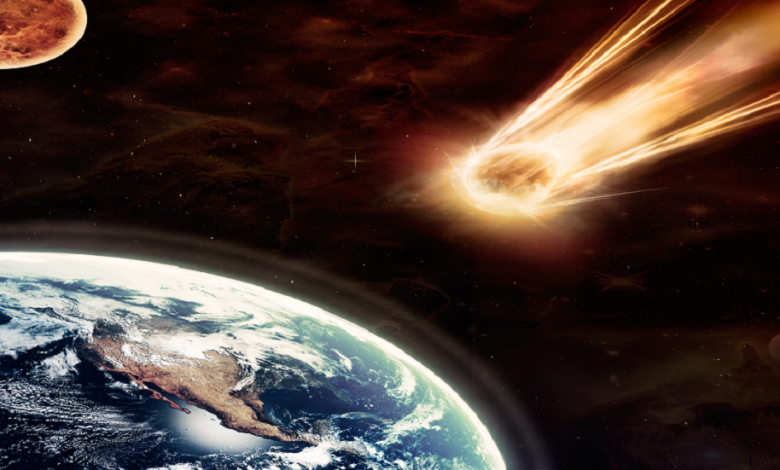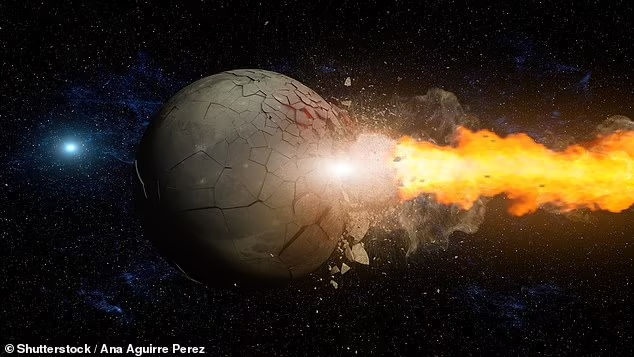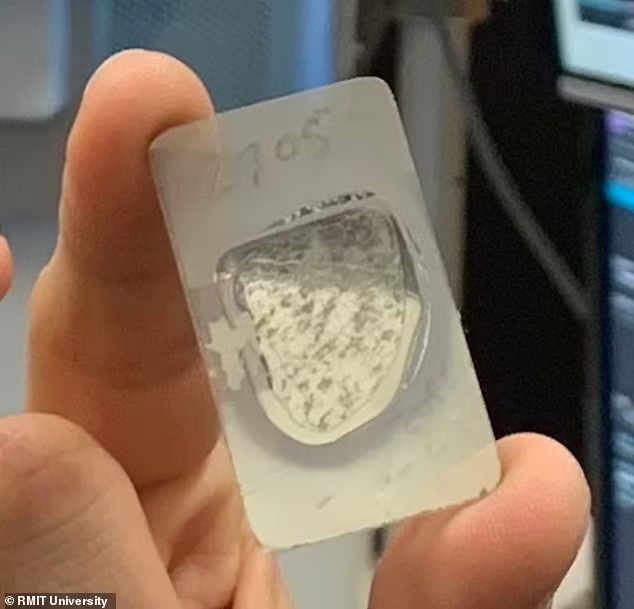Scientists discover the secret of diamond-bearing meteorites

Scientists from RMIT and Monash University in Australia have discovered that diamonds formed on an ancient dwarf planet from our solar system.
It is likely that the planet collided with a giant asteroid about 4.5 billion years ago, which led to high temperatures and moderate pressures.
These conditions caused the graphite in the space rock to undergo a process that turned it into lonsdaleite - a rare hexagonal form of diamond.
This was then partially replaced by ordinary diamond - a tetrahedral lattice of carbon atoms - as the planet cooled and the pressure dropped.
Professor Andy Tomkins, geologist and lead author, said: “Nature has therefore provided us with a process to try to replicate it in industry.
"We believe that lonsdaleite can be used to make small, extremely hard machine parts if we can develop an industrial process that promotes the replacement of preformed graphite parts by lonsdaleite," he added.

Scientists studied 18 samples of urelite meteorites collected from around the world to verify their origin. Urelite is a rare group of stony meteorites that make up less than one percent of those that fall to Earth.
It contains diamonds of pre-Earth origin, some in the form of lonsdaleite.
While regular diamond contains carbon atoms in a rigid tetrahedral arrangement, the atoms in lonsdaleite are in a hexagonal lattice. No matter how hard it is, ordinary diamond will fracture and collapse at high enough pressures or if there are small defects in the crystal, but this does not happen with lonsdaleite.
The material is named after the pioneering British crystallographer Dame Kathleen Lonsdale – the first woman elected as a Fellow of the Royal Society.
Dougal McCulloch, a professor at RMIT, predicted that its unique structure makes it a harder material than regular diamond.
The researchers used advanced electron microscopy techniques to visualize slices of meteorites, which revealed how the diamond structures were formed.
The results, published in the Proceedings of the National Academy of Sciences, confirm that lonsdaleite exists in nature.
Professor McCulloch said: "We also discovered the largest lonsdaleite crystals known to date which are down to a micron in size - much thinner than a human hair."

The scientists studied 18 specimens of ureilite meteorites collected from around the world in order to investigate their origin. Pictured: Ureilite meteor sample
The findings add to the understanding of how carbon phases form in ureilite, which has long been a mystery.
They suggest that all the ureilite meteorites are remnants of the same primordial planet, and reinforce the theory that the planets of today's solar system formed from the remnants of these early worlds.
The team says that lonsdaleite's unusual structure could help inform new manufacturing techniques for superhard materials in mining applications.
Source : websites

